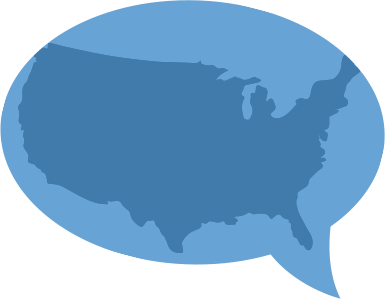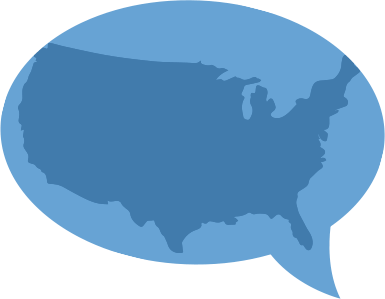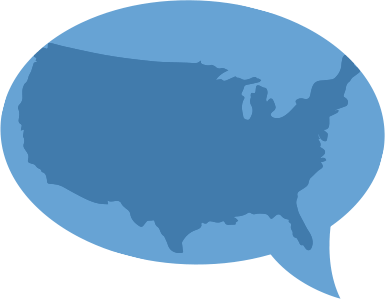Often called "wear and tear" arthritis, osteoarthritis (OA) is the most common form of the disease. In OA, joint cartilageCLOSE Joint cartilage: tissue that covers the ends of the bones, providing cushion for a joint. breaks down over time, causing symptoms like joint pain and stiffness. Read on to learn more about the symptoms, causes, and diagnosis of OA.
OA Symptoms
OA typically comes on slowly. The first sign of OA may be an ache in a joint. Joints may also hurt during or after moving them. As the disease progresses, however, other symptoms may occur, including:
 Pain in a joint during or after movement
Pain in a joint during or after movement Tenderness in a joint when you gently push on it
Tenderness in a joint when you gently push on it
 Crunching feeling or sound of bone rubbing on bone (called crepitus) when the joint is used
Crunching feeling or sound of bone rubbing on bone (called crepitus) when the joint is used Stiffness after periods of inactivity, such as sleeping or sitting
Stiffness after periods of inactivity, such as sleeping or sitting
If you are experiencing any of the symptoms described above, it’s important to talk with your doctor about whether or not you could be suffering from OA.
What Causes OA?
There are several factors that can lead to joint damage, like repetitive movement (also known as "wear and tear") or injury. Eventually, this leads to erosion of joint cartilageCLOSE Joint cartilage: tissue that covers the ends of the bones, providing cushion for a joint. .
Cartilage is important because it acts as a shock absorber, allowing the joint to move smoothly. As cartilage breaks down, the joint may lose its normal shape and, eventually, the ends of the bones may begin to rub together, causing pain, swelling, and loss of motion of the joint.
Other Risk Factors Include:
Age
Age is the strongest risk factor for OA. It’s possible, however, for OA to start in young adulthood due to injury.
Gender
OA affects both men and women. However, before age 45, OA occurs more frequently in men. After age 45, OA is more common in women.
Joint Injury
Traumatic injury to a joint increases your risk of developing OA in that joint. Plus, joints that are used repeatedly may be more likely to develop OA.
Obesity
The chance of OA generally increases with the amount of weight the body’s joints have to bear. The knee is commonly affected because it is a major weight-bearing joint.
Joint Alignment
People with joint deformity, like bowlegs, unequal leg length, and knocked knees, are more likely to develop OA in those joints.
How Is OA Diagnosed?
There are several tests and tools your doctor may use to diagnose OA. First, he or she may ask questions about your symptoms. Then, your doctor will likely give you a physical examination to check the joints that are bothering you.
You may also need other tests to help confirm the diagnosis of OA and determine the extent and severity of joint damage, including:

X-rays
X-rays can help your doctor determine whether you have OA or another form of arthritis. A series of X-rays obtained over time can also show joint damage progression.

Joint Aspiration
Your doctor may perform joint aspiration. In this procedure, your doctor uses a needle to drain fluid from a joint and then examines it.
If you experience joint pain or stiffness for more than a few weeks, be sure to talk with your doctor. The sooner you receive a diagnosis, the sooner you can begin treatment and find relief from your symptoms.









